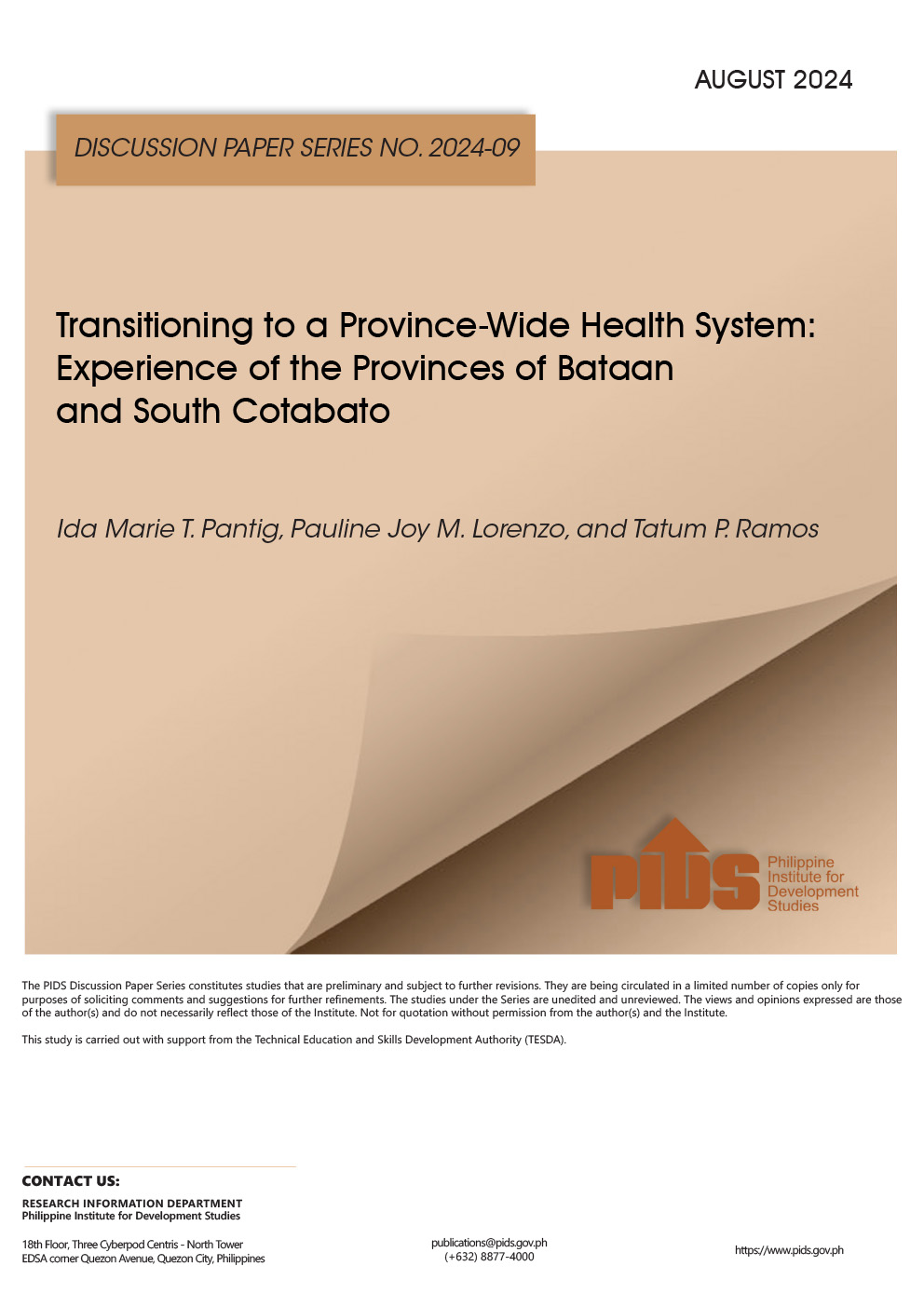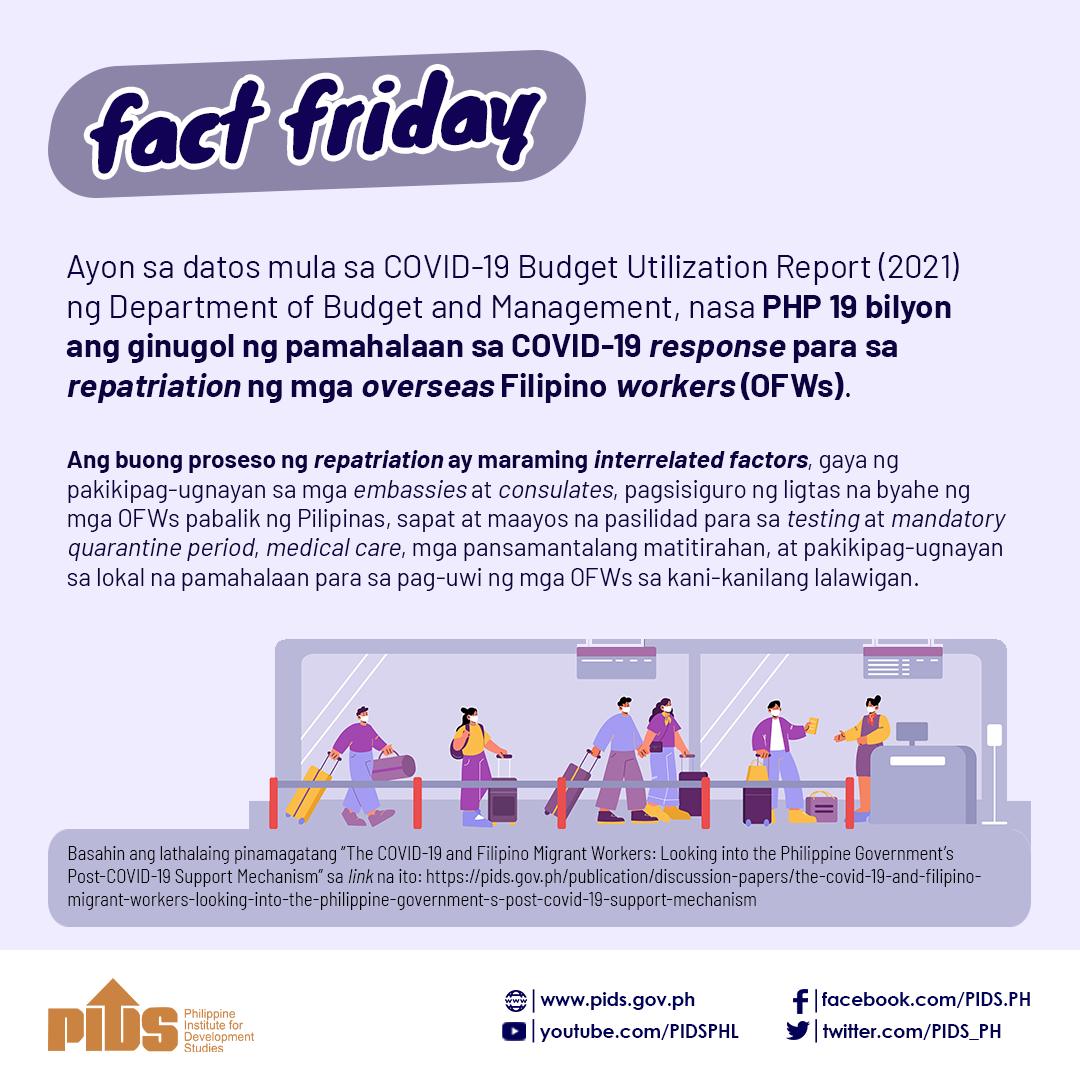AS WE started making a significant dent on active COVID-19 cases in the country, here comes the news that a mutated coronavirus variant called Omicron may lead to new surges in global infection. Many countries, including the Philippines, quickly moved to tighten border control and even imposed ban on foreign travelers as a preemptive response, which is understandable.
Such response, however, should be based on science, not on fear or panic. We have millions of Filipinos working and living overseas who usually come home for the Christmas season, and we cannot afford to make things unbearable for them. What we need instead of a ban is to implement the proven strategy of requiring all travelers to show negative results from swab tests, present vaccination cards, and undergo quarantine, if needed. Immigration and health authorities should ensure that no traveler would take a shortcut.
The same strategy and local health protocols led to a substantial decline in virus transmission in recent weeks. Active COVID-19 cases in the Philippines, per data of the Department of Health, fell to 15,327 as of December 1 from a peak of more than 125,000 cases in the first week of September out of 2.83 million total infections.
Daily infections are now in the vicinity of 500, substantially down from over 22,000 in the first week of September. Subsequently, hospitalization is now significantly lower, giving doctors and nurses flexibility to attend to non-COVID cases.
Much remains to be known about the Omicron variant, although the World Health Organization already sounded the alarm about it being a variant of concern. What worries health experts is Omicron’s ability to reduce vaccine efficacy, but this is still in the realm of speculation.
Even Fitch Ratings, one of the major credit rating agencies, considers it too soon to estimate the effects of the Omicron variant on global growth.
What I am afraid of is its impact on the recovery of the tourism sector, which employs millions of Filipinos here and abroad. Several airlines, hotels and resorts earlier announced they were ready to rehire furloughed or retrenched personnel as the government reopened tourism establishments beginning November.
The contribution of the tourism sector slipped by about 80 percent in 2020 from the pre-pandemic levels, as most hotels, resorts and similar establishments were closed at the beginning of the outbreak. More than a million tourism jobs were lost in the aftermath.
I remain confident, though, that domestic tourism will pick up the slack from the current restrictions on international travel to give our workers a source of income, especially during the holidays.
Amid the new variant threat, we should sustain our vaccination program, which gained speed from Nov. 29 to Dec. 1 when over seven million Filipinos received their doses against the virus.
Vaccination and health protocols, especially the mandatory use of face masks outside our homes, and social distancing, remain the key to addressing the pandemic. We should not let our guard down, while allowing the economy to function and workers to earn income.
More coronavirus variants may emerge in the future, but we should continue to adopt the proven scientific, calibrated and targeted approach to deal with the pandemic, instead of employing a blanket lockdown that will only spread the virus more quickly within households, where face mask use is limited. The granular lockdown based on alert level system has been proven more effective and less damaging to the economy.
At the same time, I agree with the assessment of the National Economic and Development Authority that we should begin looking beyond the pandemic and prepare for the future. A research paper released by the Philippine Institute for Development Studies says the Philippines might have incurred P2.3 trillion in productivity losses as direct and indirect health impacts of the pandemic. The same study shows an “alarming” decline in inpatient care among children and the large drop in medical claims among the poor.
The same is true with the state of education. Locking down children inside our homes for two years might have affected their physical, mental and emotional development. We have lost two good years of education for our children, and it is time to plan how we can help them adjust to the new normal through vaccination and reopening of schools.
I hope the downtrend in COVID-19 cases will continue despite the threat of Omicron, so we can shift to Alert level 1 and possibly start face-to-face classes by January 2022.
COVID-19 variants may go and new mutations may emerge. They are part of the new normal that we will face in the coming year. The new strains, however, should not stop the Philippines from fully reopening the economy.








